Herniated Disc Treatment: How To Alleviate Pain & Restore Mobility
From conservative measures like physical therapy and lifestyle changes to surgical options when needed, explore a comprehensive guide to navigating treatment and fostering spinal health.
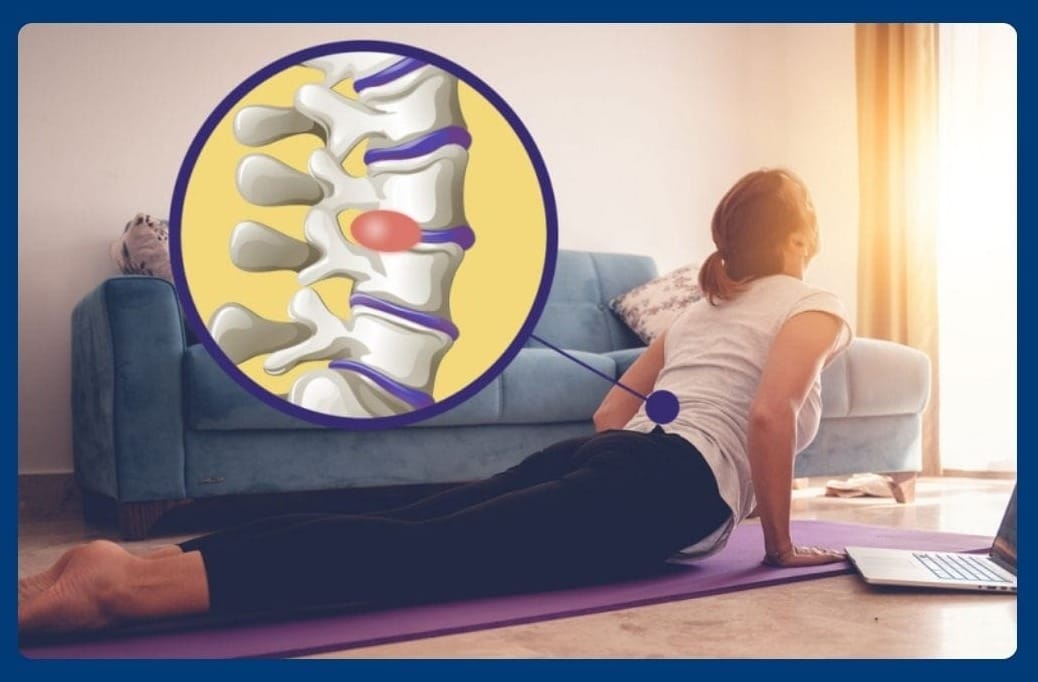
Living with a herniated disc can be a painful and debilitating experience. The discomfort and limitations it brings can significantly affect one’s quality of life.
However, with the right treatment and care, individuals suffering from this condition can find relief and return to their daily activities.
This article aims to provide an informative and conversational exploration of the various treatment options available for a herniated disc.
Key Takeaways
- Understanding the non-surgical and surgical options for herniated disc treatment.
- The importance of personalized treatment plans based on individual needs.
- Lifestyle changes and therapies that can aid in managing and recovering from a herniated disc.
What is a Herniated Disc?
A herniated disc occurs when the soft center of a spinal disc pushes through a crack in the tougher exterior casing.
This can irritate nearby nerves and result in pain, numbness, or weakness in an arm or leg.
Not everyone with a herniated disc experiences symptoms, but for those who do, the discomfort can be intense.
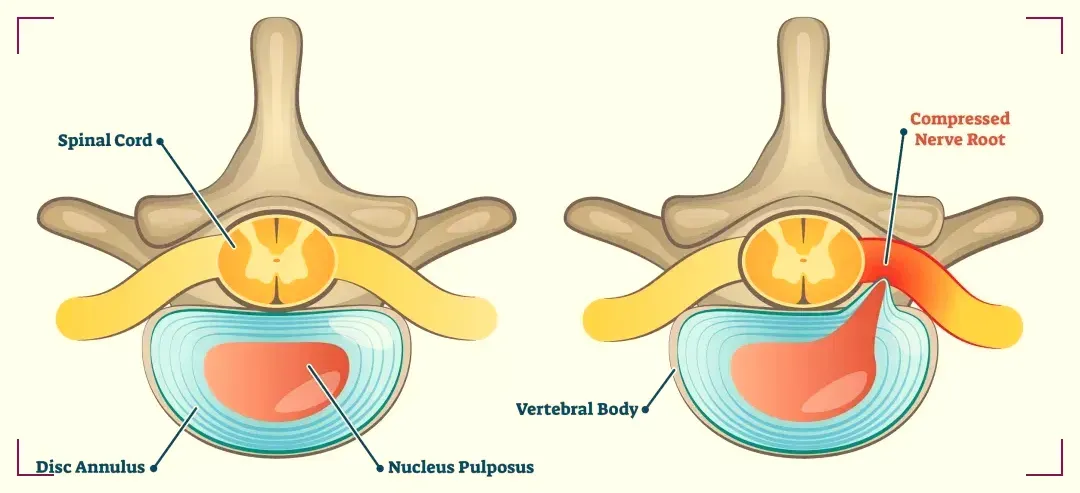
The spine is made up of a series of bones called vertebrae. Between these bones are discs that act as cushions to absorb shock and allow for flexibility.
When these discs are damaged, their inner gel-like core can protrude, leading to what is commonly referred to as a herniated disc.
Symptoms
Symptoms of a herniated disc can vary depending on the location of the herniation and whether the disc is pressing on a nerve.
They often affect one side of the body and can range from arm or leg pain, numbness, or tingling, to muscle weakness.
Severe cases may result in difficulty walking or performing tasks that involve lifting or bending.
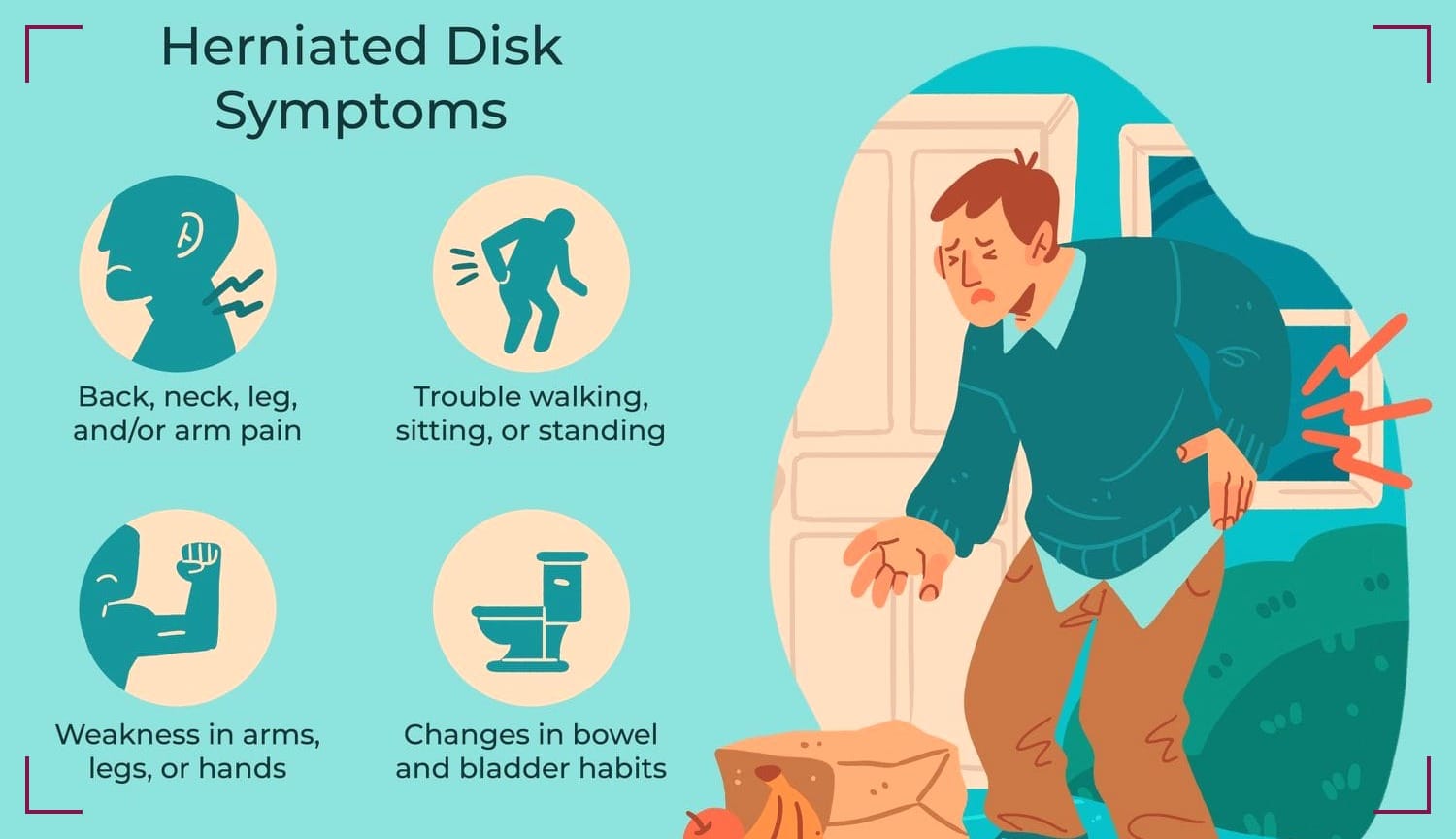
Pain is often described as sharp or burning, and certain movements or positions can exacerbate it.
If the herniated disc is in the lower back, the pain typically extends to the buttocks, thigh, and calf. A herniated disc in the neck will generally cause pain in the shoulder and arm.
Non-Surgical Herniated Disc Treatments
The majority of herniated disc cases can be resolved with non-surgical treatments. The goal is to alleviate pain and improve mobility.
Physical therapy is a cornerstone of treatment, involving exercises to strengthen the back, improve flexibility, and maintain a healthy posture.

Medications such as nonsteroidal anti-inflammatory drugs (NSAIDs), oral steroids, or muscle relaxants may be prescribed to reduce inflammation and relieve pain.
In some cases, corticosteroid injections directly into the area around the spinal nerves may be recommended.
Physical Therapy
Physical therapists can tailor a program to help relieve herniated disc symptoms while improving strength and flexibility.
This often includes a combination of stretching, aerobic exercises, and movements designed to stabilize the spine and reduce the pressure on the herniated disc.
Patients are also educated on proper body mechanics to help prevent further injury.
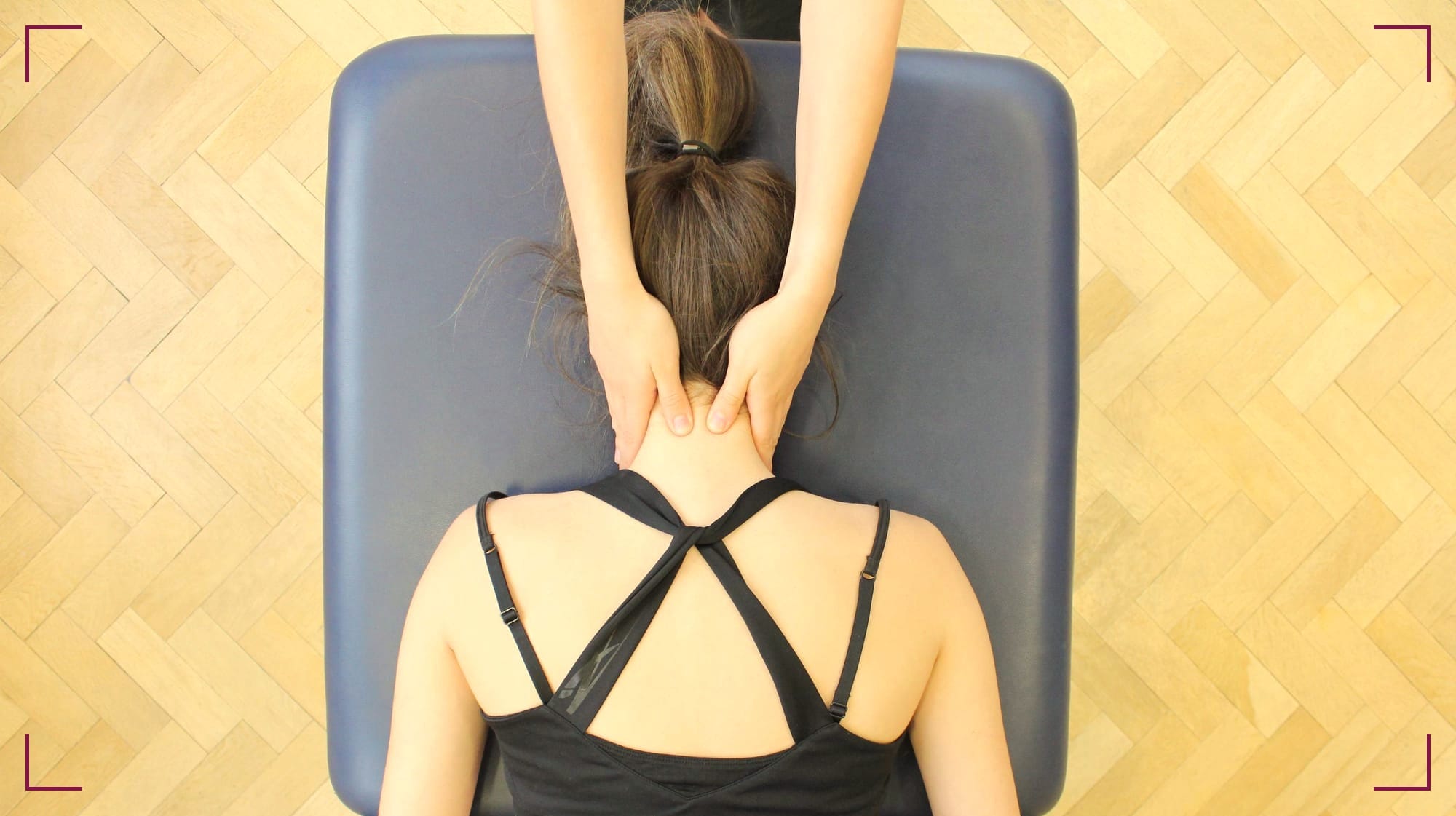
This includes instruction on how to lift objects correctly, maintain proper posture, and perform exercises that can be continued at home to support long-term spine health.
Surgical Options for Severe Cases
When non-surgical treatments fail to provide relief after several weeks or months, surgery may be considered.
The most common procedure is a microdiscectomy, which involves removing the portion of the disc that is pressing on the nerve root.
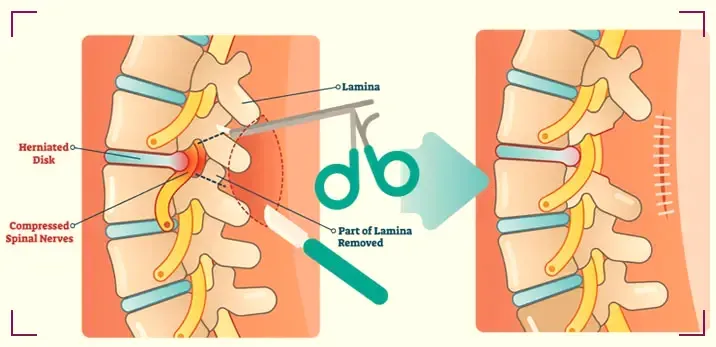
Another surgical option is a laminectomy, where a small portion of the bone over the nerve root or disc material under the nerve root is removed to give the nerve more space and provide better healing conditions.
Minimally Invasive Techniques
Advancements in medical technology have led to the development of minimally invasive spine surgeries.
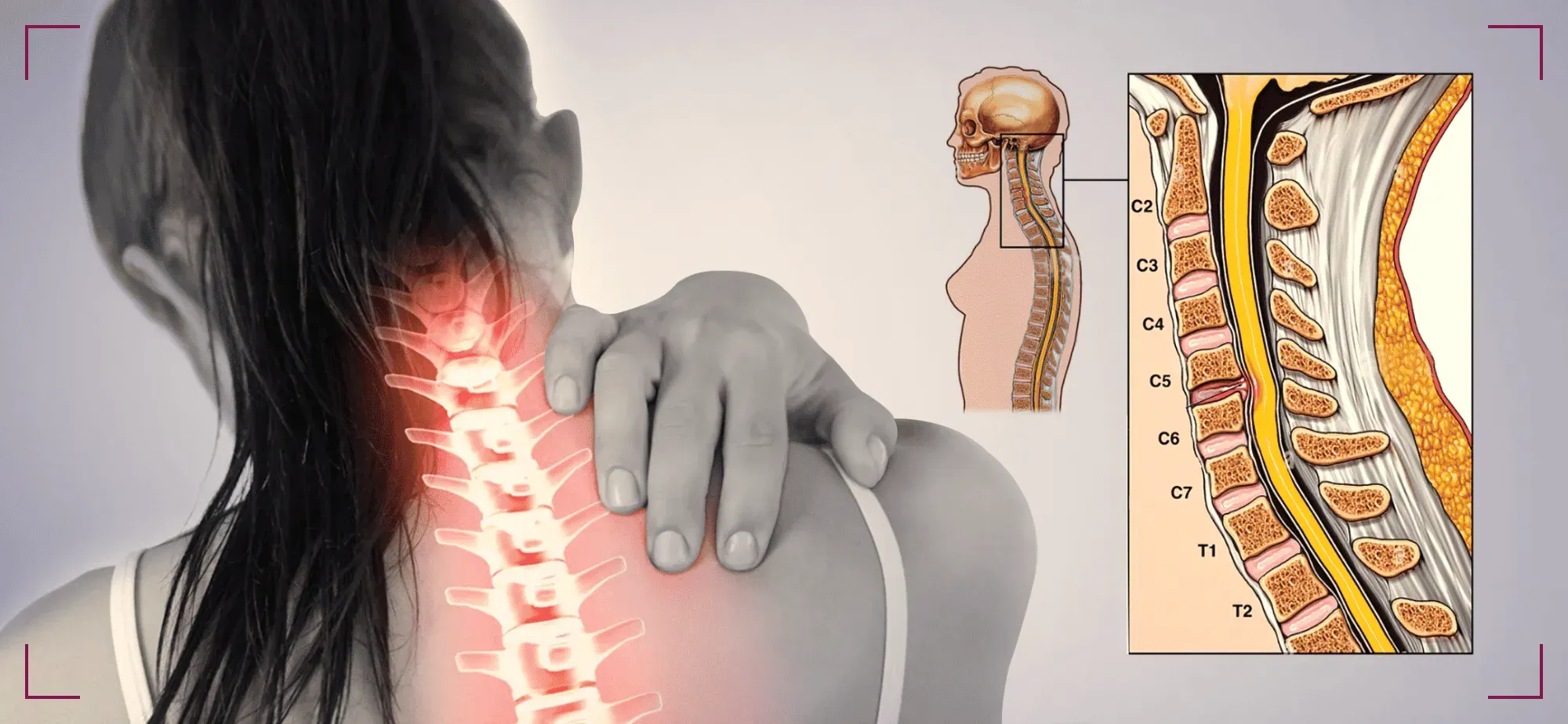
These procedures typically involve smaller incisions, and less muscle disruption, and can result in quicker recovery times compared to traditional open surgery.
Endoscopic discectomy and laser disc decompression are examples of minimally invasive procedures that can be used to treat herniated discs.
These techniques are not suitable for everyone but can be an option for patients who meet specific criteria.
Lifestyle Changes and Home Remedies
Incorporating lifestyle changes can complement medical treatments and aid in recovery.
Maintaining a healthy weight reduces stress on the spine, and quitting smoking can improve disc health as nicotine can decrease oxygen supply to the disc, exacerbating degeneration.
Applying heat or cold to the affected area can help reduce pain and muscle spasms. Over-the-counter pain relievers may also provide temporary relief, but they should be used with caution and under the guidance of a healthcare professional.
Alternative Therapies
Some individuals find relief through alternative therapies such as acupuncture, chiropractic treatments, or massage therapy.
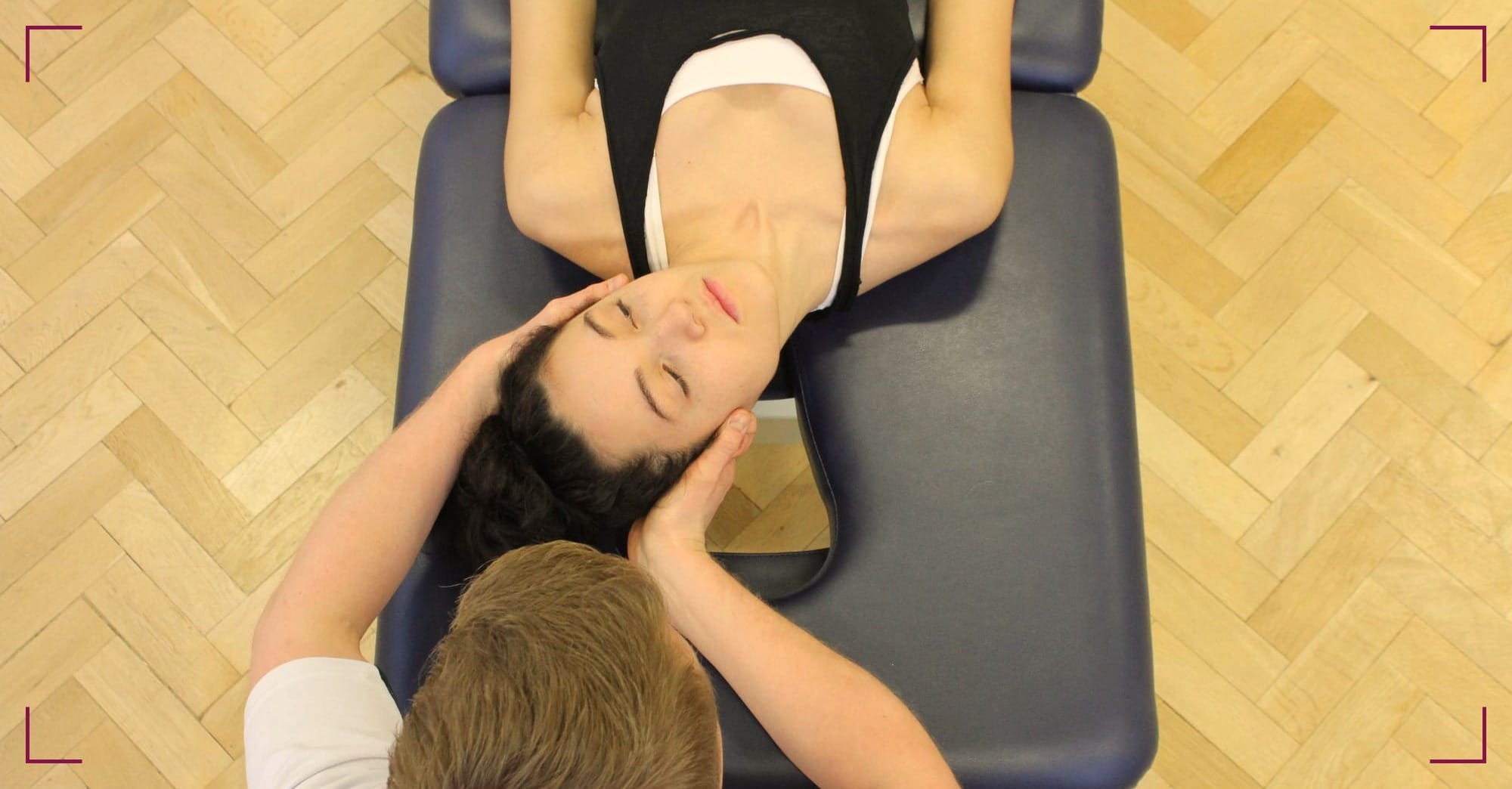
While these methods may not work for everyone, they can be valuable components of a comprehensive treatment plan.
It is important to consult with a healthcare provider before starting any alternative therapies to ensure they are safe and appropriate for your specific condition.
Personalized Treatment Plan
Each case of a herniated disc is unique, and what works for one person may not work for another.
A personalized treatment plan, developed in collaboration with healthcare professionals, will consider the individual’s symptoms, lifestyle, and overall health.
Regular follow-ups and adjustments to the treatment plan are crucial to ensure progress and address any changes in symptoms or new challenges that arise during recovery.
Summary
Herniated disc treatment encompasses a range of options from conservative therapies to surgical interventions. Non-surgical treatments like physical therapy, medications, and lifestyle modifications are often effective in managing symptoms. When these methods do not provide relief, surgical options may be explored. It is essential to work closely with healthcare providers to create a personalized treatment plan that addresses the specific needs and goals of the individual.
FAQ Section
Q 1: What Are the Treatment Options for a Herniated Disc?
Answer: The treatment for a herniated disc typically involves a combination of conservative measures and, in some cases, surgical intervention. Conservative treatments aim to alleviate pain and promote healing.
Rest and activity modification are often recommended to reduce strain on the spine. Physical therapy is crucial in strengthening the muscles supporting the spine, improving flexibility, and enhancing overall spinal health.
Pain management techniques, such as the use of nonsteroidal anti-inflammatory drugs (NSAIDs) or muscle relaxants, may be prescribed to alleviate pain and inflammation.
In more severe cases or when conservative measures fail to provide relief, surgical options such as discectomy or microdiscectomy may be considered. These procedures involve removing or repairing the herniated portion of the disc to relieve pressure on the nerves and promote healing.
Q 2: Can Lifestyle Changes Aid in Herniated Disc Recovery?
Answer: Yes, adopting certain lifestyle changes can significantly contribute to herniated disc recovery and prevent recurrence. Maintaining a healthy weight is crucial, as excess weight can increase pressure on the spine.
Regular exercise, particularly activities that strengthen the core and support spinal health, can aid in overall recovery. Proper body mechanics, including using correct lifting techniques and maintaining good posture, help prevent additional strain on the spine.
Ergonomic adjustments, such as using supportive chairs and optimizing workspace setup, are essential to reduce strain during daily activities. Additionally, smoking cessation is encouraged, as smoking can impede the healing process by affecting blood flow and oxygen delivery to the spinal discs.
By incorporating these lifestyle changes, individuals can actively contribute to the effectiveness of herniated disc treatment and promote long-term spinal well-being.
Q 3: How Long Does It Take to Recover from a Herniated Disc?
Answer: The recovery time for a herniated disc varies depending on the severity of the condition, the chosen treatment approach, and individual factors. Conservative treatments often yield positive results within a few weeks to months.
Physical therapy and exercises aimed at strengthening and stabilizing the spine contribute to gradual improvement. Pain relief is often experienced early in the treatment process, but complete recovery may take several months. Surgical intervention, if required, may extend the recovery timeline.
Individuals must follow their healthcare provider's recommendations, adhere to prescribed exercises, and gradually resume normal activities to avoid re-injury.
While recovery timelines differ, the majority of individuals with a herniated disc can expect significant improvement and a return to normal activities with appropriate and consistent treatment.
